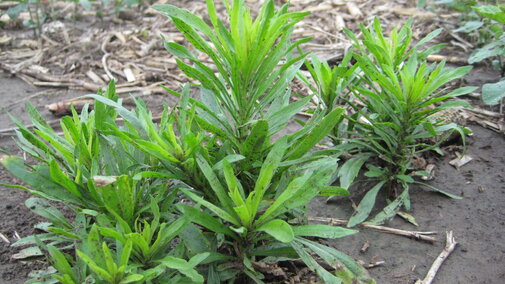There are 480 unique cases of herbicide-resistant weed biotypes globally in 252 weed species (147 dicots and 105 monocots). Weeds have evolved resistance to 23 of 26 known herbicide sites of action and to 161 herbicides (http://weedscience.org/). Control of herbicide-resistant weeds is one of the greatest challenges for crop producers in Nebraska. Repeated and intensive use of herbicide(s) with the same site of action can rapidly select for weed shifts and the evolution of herbicide-resistant weeds, especially without integrating other weed control options.
Nine weed species have evolved resistance to at least one group of herbicides in Nebraska (Table 1).
6 weed species with resistance to glyphosate in Nebraska
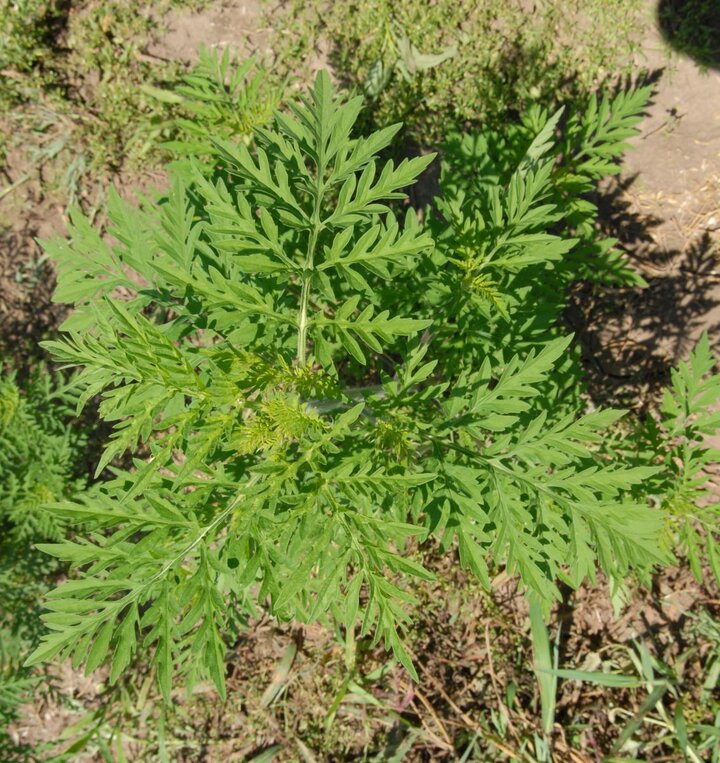
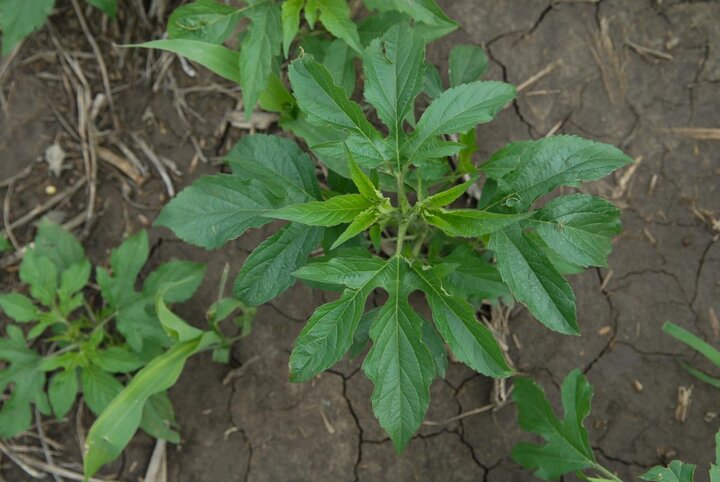
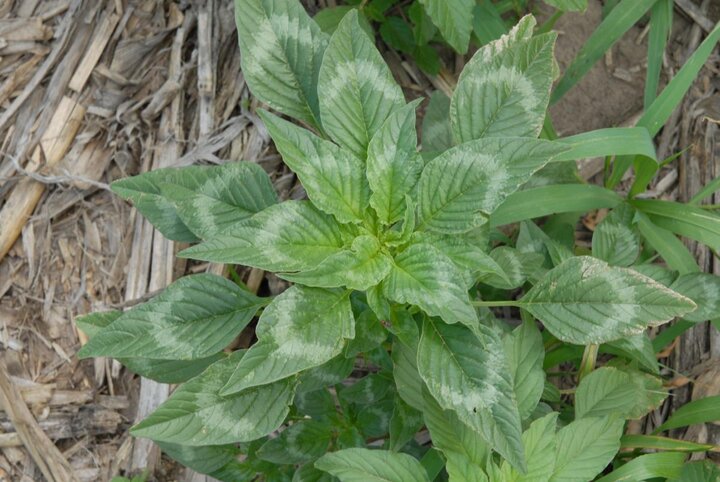
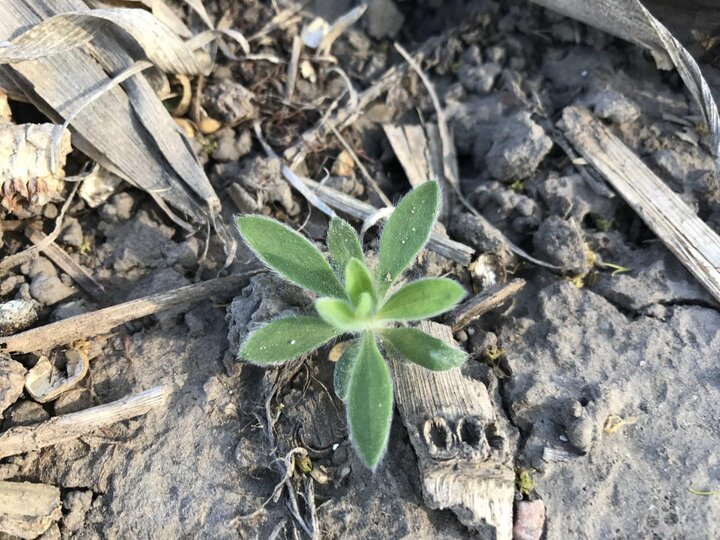
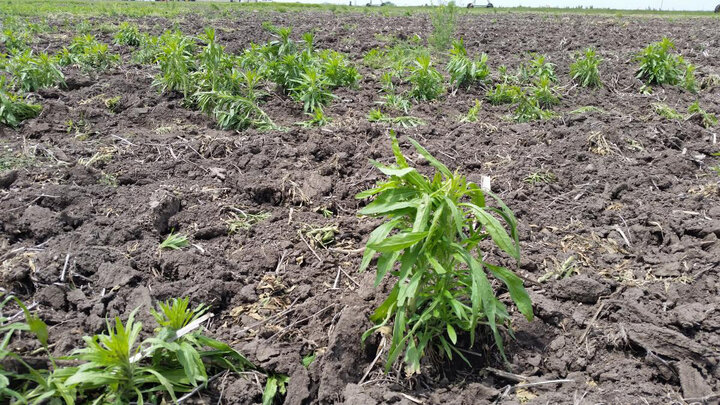
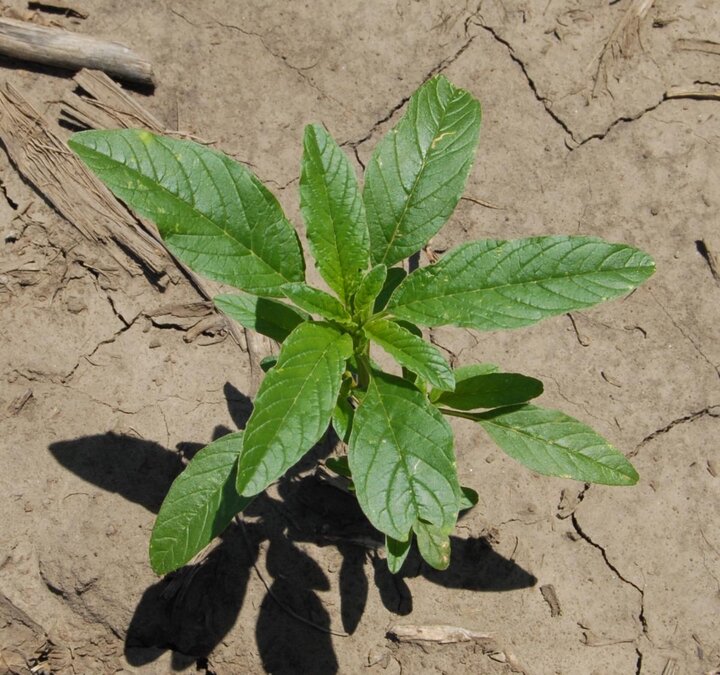
Six weed species — common ragweed, common waterhemp, marestail, kochia, giant ragweed, and Palmer amaranth — have been confirmed resistant to glyphosate in Nebraska. Management of glyphosate-resistant weeds is challenging because no-till corn and soybean growers are primarily depending on glyphosate for post-emergence weed control.
Four weed species have also evolved resistance to multiple herbicides. For example, common waterhemp and Palmer amaranth have evolved resistance to atrazine and HPPD inhibitors (Calliso, Laudis, Armezon/Impact), which made weed control in seed corn and popcorn more challenging in Nebraska. Additionally, marestail and common waterhemp have evolved resistance to glyphosate and acetolactate synthase (ALS) inhibiting herbicides. Kochia resistance to glyphosate and ALS inhibitors is now widespread in western Nebraska.
Preserving the efficacy of herbicides and herbicide resistance technology depends on awareness of the increasing resistance of weeds to herbicides and coordinated action to address the problem at the farm level and beyond.
Table 1. Herbicide-resistant weeds in Nebraska (March 2017).
| Weed species | Type of resistance | Example herbicides |
|---|---|---|
| Common ragweed | Glyphosate | Roundup, Touchdown |
| Common waterhemp | Triazine | Aatrex |
| HPPD | Callisto, Laudis, Impact | |
| ALS | Pursuit, Classic | |
| Growth regulator | 2,4-D | |
| Glyphosate | Roundup, Touchdown | |
| Giant ragweed | Glyphosate | Roundup, Touchdown |
| Marestail | ALS | FirstRate |
| Glyphosate | Roundup, Touchdown | |
| Johnsongrass | ALS | Accent |
| Kochia | Growth regulator | 2,4-D |
| Triazine | Aatrex | |
| Glyphosate | Roundup, Touchdown | |
| ALS | Glean | |
| Palmer amaranth | ALS | Pursuit, Classic |
| HPPD | Callisto, Impact, Laudis | |
| Triazine | Aatrex | |
| Photosystem-II | Buctril | |
| Glyphosate | Roundup | |
| Shattercane | ALS | Accent, Beacon, Option |
| Redroot pigweed | Triazine | Aatrex |
Related Resources
For specific herbicide options and recommendations for rotating herbicide sites of action and integrating weed control practices, click on one of the tags below to find related stories, check the Guide for Weed Management in Nebraska, or contact your local UNL extension educator.
Always read herbicide labels before application.
